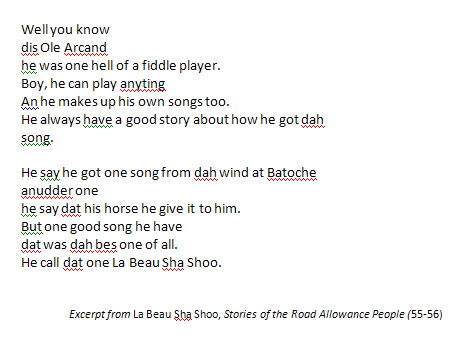
In 1995 Métis author Maria Campbell published Stories of the Road Allowance People. As Ron Marken relates in his Foreward to the book, it is a collection of stories “that have come a long journey to be with us from Mitchif[i] through literal translations through the Queen’s Imperial English and back to the earth in village English” (5). Stories of the Road Allowance People challenges a host of conventions about such issues as purpose of print media, access to publication, language use, story ownership, and how text is read. Although this is a traditionally printed work the debates it inspires extend to newer writing technologies in ways that may not be immediately obvious.
What is immediately apparent about Stories of the Road Allowance People is that it challenges accepted English usage for recognition as legitimate, and confronts the colonization of Native languages both in common use and (especially) in print.
Maria Campbell has not only used print to preserve the stories of her people but has also used the stories to challenge conventions of print, in order to reproduce and to privilege the authentic voices of the storytellers. And – in a departure from mainstream print use – the reader is invited to become a listener and even a speaker in interaction with the text. As Marken says, “we must do more than simply read [these stories] . . . it is essential that we read them with our ears first. Say them aloud. Listen to them . . . light a fire and speak them to the children and grandchildren” (5). While turning a modern literary form to serve the forms of a traditionally oral people, Campbell also brings Western print back in touch with its own early history when reading aloud was the norm[ii].
Many writers, not all recent, have departed from formal English to give verisimilitude to portrayals of characters and dialogue from various classes and places. Of late the practice has prompted discussion – and controversy – about such topics as the motivation for, and the ethics and propriety of, presentation of language in idiosyncratic forms that may historically have been used to belittle or ridicule (dialects, pidgins, accents, etc.); whether using such elements of voice is a privilege restricted to members of the community that is “speaking”; and the effects and desirability of changes in language through adoption of idiom and vocabulary from other languages and from communities outside the mainstream.
But while academics debate, a multitude of ‘writers from the gaps’[iii] have been addressing these and many more questions through their work. Even a very brief survey of significant titles from the past one hundred years or so shows a steady progression toward deliberate representation of idiomatic speech as an assertion of authentic voice – both characters’ and authors’. This shift results from an increase both in interest among mainstream writers (and readers) in marginalized cultures, and in participation by traditionally marginalized people in published literature.
And although such discussions may seem to belong in the fields of comparative literature and anthropology, they in fact also need to encompass technology. Personal computing has brought about many changes in writing technologies – or at least put a variety of such changes in the hands of a large and varied enough mass of users to make them take root and wing. As a result, many voices that have hitherto been marginalized are gaining expression in the dominant and privileged form – published text – even as they find ways to challenge its traditional claims to supremacy. Stories of the Road Allowance People provides an example of how this can be done, and its impact and implications are technological as well as literary and social – and show that all three are in fact closely entwined.
Increasingly as text and communications technologies are embraced by users whose needs, intents, and imaginations differ from those of the technologies’ originators, the technologies themselves must be – and are – revisited, reimagined, and reshaped. In the process the very idea of the user –the ‘audience invoked’ – is reshaped. Boundaries of common practice and ‘proper usage’ are thus continually changing. And users become – individually or collectively – designers, thus contributing to changes in design norms – either directly by breaking into mainstream design and production (of software, etc.), or indirectly by creating and/or supporting alternatives that by their grassroots popularity force commercial companies to respond in their own interest.
Some functional aspects of writing technologies affected include spell checking, grammar and style checking, auto-correct options, languages supported, document layout options, and methods of publication. In a basic example, word processing dictionaries are expanded – to recognize words hitherto outside accepted usage and add new technical terms[iv], but also to include as elements of language such things as company and brand names; this aspect of change in writing technologies could alone sustain a lengthy inquiry and debate. (A commercial gaze always follows the expansion of boundaries, calculating the potential gains that lie beyond.)
As well, writers in a wider variety of languages are acknowledged and served. For example, MS Word™ supports (though often only to a limited extent) more languages at each release, having added just between the 2003 and 2007 versions: Alsatian, Amharic, Bashkir, Bosnian, Breton, Cherokee, Dari, Divehi, Edo, Fulfulde, Hausa, Hawaiian, Igbo, Inuktitut, Irish, Kanuri, Kinyarwanda, Luxembourgish, Maori, Mohawk, Oromo, Papiamentu, Pashto, Persian, Quechua, eight additional variants of Sami, Setswana, Sinhala, Tigrigna, Uighur, Wolof, Yakut, Yiddish, and Yoruba, among others. Features previously only available in specific language versions are now available across versions, enabling creation of documents not only in multiple languages but using multiple alphabets. Authors (working singly or collegially) can write across cultural and linguistic boundaries[v]. Market research is one factor driving such advances, but they are also led, pushed, and augmented by users and by smaller software companies that have through successive versions produced add-ons in languages not yet supported.
Document layout options have changed dramatically in recent years, both as a result of greater flexibility within print-oriented software, and through the rapid growth of alternative methods of publication – or disbursement – of both commercial and private work, print and non-print. Print media are influenced by digital media in their use of space and image; digital media are increasingly flexible in this respect, carrying aesthetic experimentation skipping across gaps geographic, cultural, political, and ideological. Fonts have proliferated wildly, responding to both linguistic diversity and artistic inspiration. Just as voice and language no longer must conform, the very letter itself returns to its individualized and illustrative roots, ranging from undisciplined scrawl to brilliant artistry.
Stories of the Road Allowance People also anticipated a wave of renewed interest in aural aspects of literature, which digital technologies have both ridden and driven. As video and audio media increasingly supplement traditional written forms in both formal and informal work, writing and writing technologies have increasingly taken on spontaneity, informality and immediacy hitherto denied them.
Peter Elbow – writing in 1985 – contrasts writing and speech:
Where the intention to speak usually results automatically in the act of speech, writing almost always involves delay and effort. Writing forces us not only to form the letters, spell the words, and follow stricter rules of correctness (than speech); we must also get into the text itself all those cues that readers might need who are not present to us as we write, who don’t know the context for our words… (68).
Comparing the spontaneity and celebration of learning to speak with the travails of learning to write, Elbow observes that “[s]tudents can never feel writing as an activity they engage in as freely, frequently, or spontaneously as they do in speech” (69).
Works such as Stories of the Road Allowance People directly challenge many of these conditions of writing, and the conventions upon which they are based, in ways that anticipate new writing technologies soon to follow. Media, forms and environments that create context, provide cues, combine forms, and flout strict rules subvert conventions of writing not only in their form, but in their spirit. The writing that may result can be nearly as “free, frequent and spontaneous” as speech.
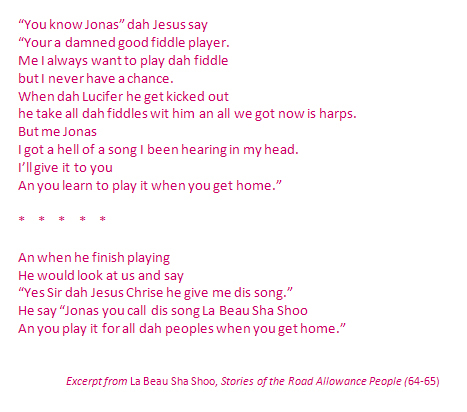
_____________________________________________________
[i] Mitchif, or Michif, is the language of the Métis. To hear a sample, visit the Louis Riel Institute’s website: http://www.louisrielinstitute.com/education/michiflanguage/24-grant-threebears-improved.mp3
[ii] See https://www.vista.ubc.ca/webct/urw/lc5116011.tp0/cobaltMainFrame.dowebct?JSESSIONIDVISTA=zYlfLSwS3nVMClQnWjL6dX6gyw31tGwj1Jb8nm9Q4YZh9QrZvRzj!-1364924364!node02.vista.ubc.ca!20001!-1!292784358!node03.vista.ubc.ca!20001!-1
[iii] An oblique reference to Voices From the Gaps, an excellent though rather erratically maintained resource on women writers of colour. http://voices.cla.umn.edu/
[iv] An ironic example of a disconnect in this respect can be found in Jay David Boulter’s Writing Space, on page 74, in the heading to Table 4.1: it is clear from the text that the table should be headed “Emoticons and Their Intended Meanings”… was this passed by a human or a digital editor?
![]()
[v] My thanks are due to Chris Pratley, General Manager, Microsoft Office Labs, for providing information on the progression of language support in Microsoft Office.
_____________________________________________________
Boulter, Jay David. Writing Space: Computers, Hypertext, and the Remediation of Print. Mahwah, NJ: Lawrence Erlbaum, 2001.
Campbell, Maria, trans. Stories of the Road Allowance People. Penticton: Theytus Books, 1995.
Elbow, Peter. The Shifting Relationships Between Speech and Writing. Composition in Four Keys: Inquiring into the Field. Wiley, Mark, Barbara Gleason, and Louise Wetherbee Phelps, eds. Mountainview, CA: Mayfield P Co., 1996.
Marken, Ron. Foreward. Stories of the Road Allowance People. Penticton: Theytus Books, 1995.
Pratley, Chris. Personal email. 1 December, 2009.
Rubenstein, Dan. Big Brother is Spell-checking You. http://www.alternet.org/media/11130?page=entire

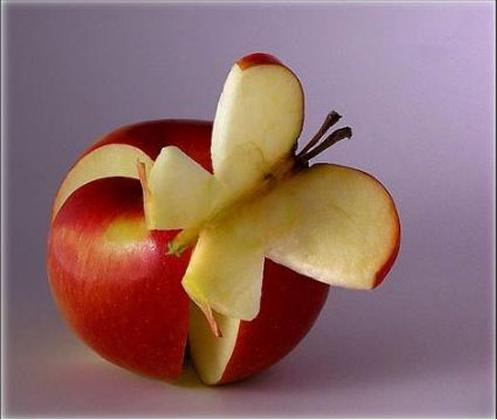


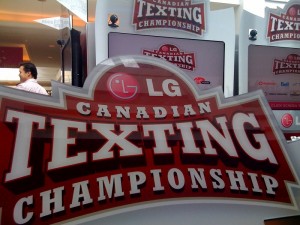
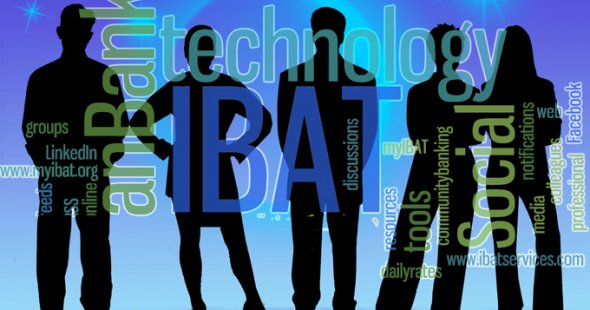
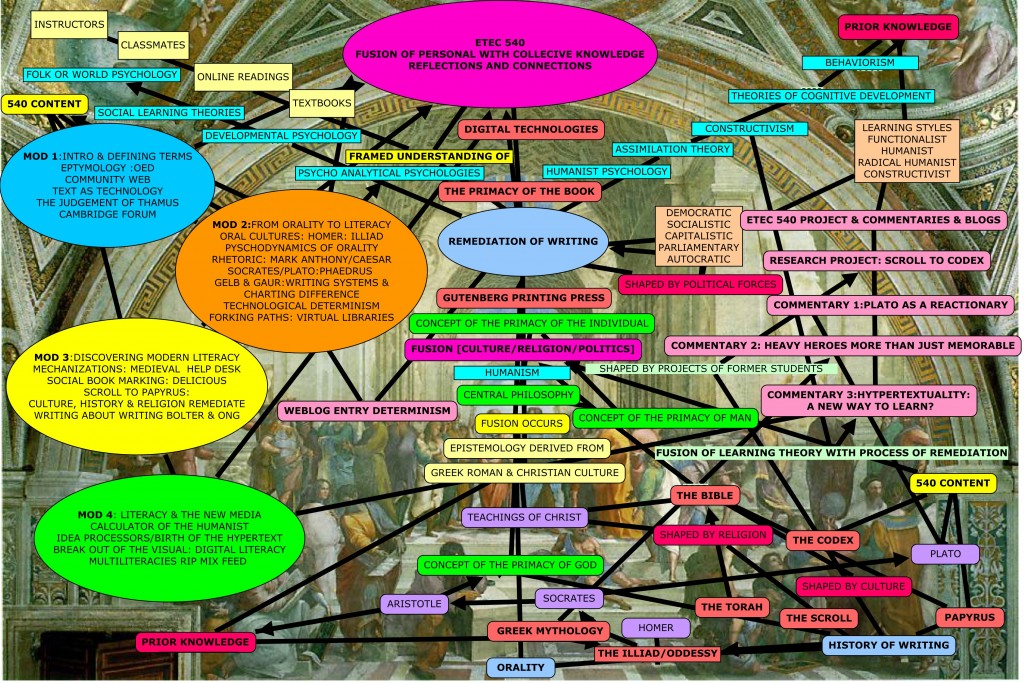
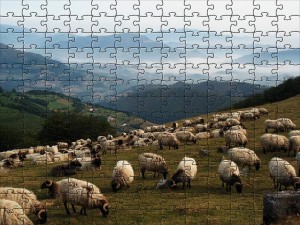


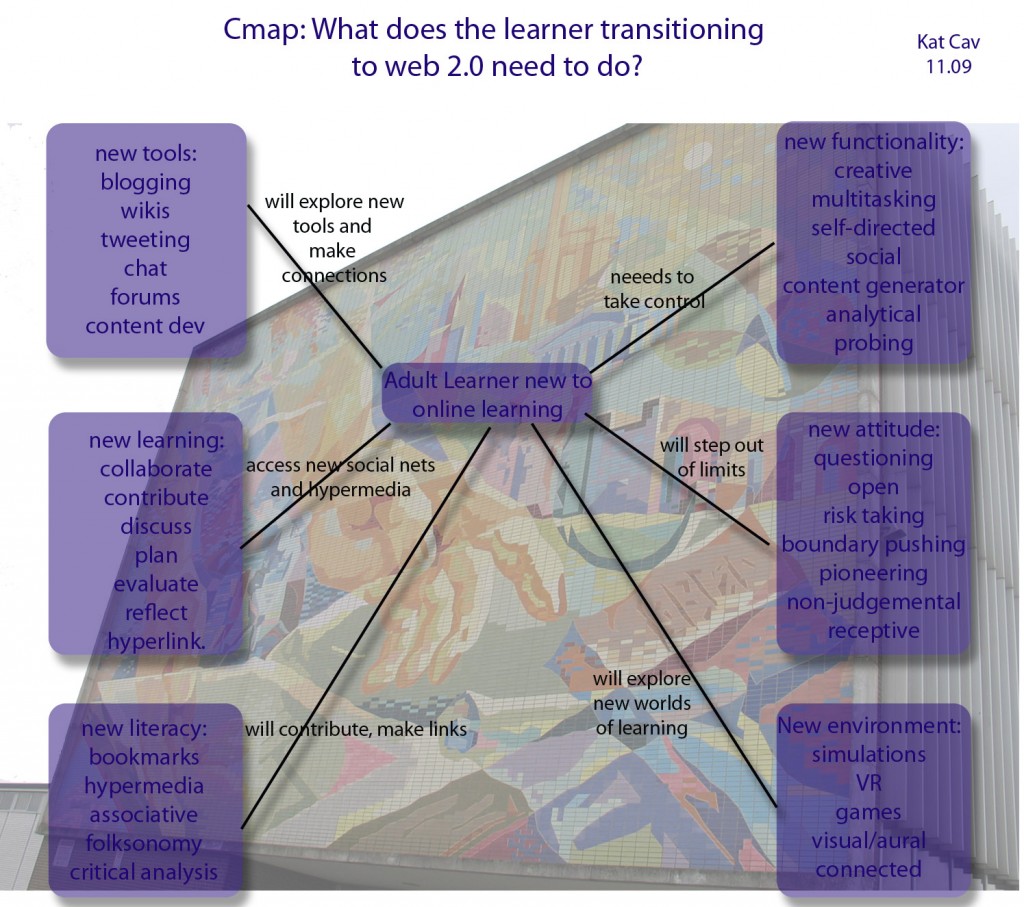
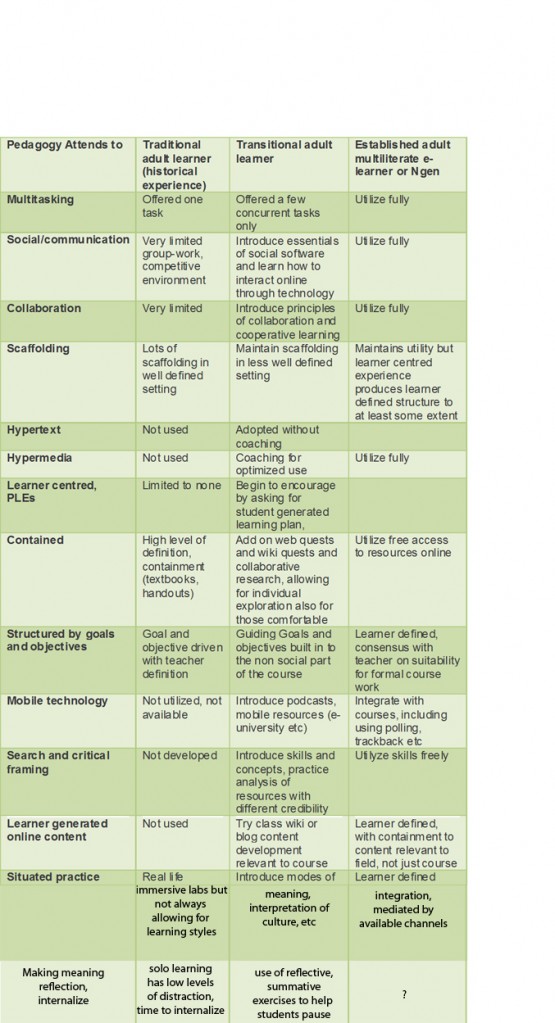 The article “Does the brain like e-books” in our readings is relevant to my educational work since I deal exclusively with adult learners who are not “digital natives” (term after Pranskey, cited in Mabrito & Medley, 2008). A typical student in my online class has grade 12 education, and ages range from 18-65, with many students engaging in online constructivist collaborative learning using modern hypermedia for the first time. The typical student seems to have a period of adaptation which is required for them to become comfortable with the new skills needed for use of computer and Internet, and to develop independent self-learning and critical thinking skills.
The article “Does the brain like e-books” in our readings is relevant to my educational work since I deal exclusively with adult learners who are not “digital natives” (term after Pranskey, cited in Mabrito & Medley, 2008). A typical student in my online class has grade 12 education, and ages range from 18-65, with many students engaging in online constructivist collaborative learning using modern hypermedia for the first time. The typical student seems to have a period of adaptation which is required for them to become comfortable with the new skills needed for use of computer and Internet, and to develop independent self-learning and critical thinking skills.